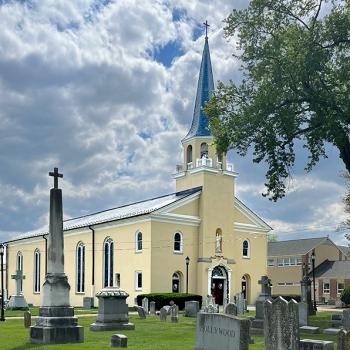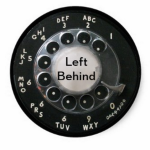 In my past role as “mystery worshipper” for a newspaper column, I am offering a few pointers for an effective church website. The number one issue: Never, ever change your normal worship time without splashing it all over your website!
In my past role as “mystery worshipper” for a newspaper column, I am offering a few pointers for an effective church website. The number one issue: Never, ever change your normal worship time without splashing it all over your website!
But other than that particular rant, below are some things I have learned after perusing hundreds of church websites.
One: Do not assume that a Facebook page provides adequate electronic presence. You still need an actual, up to date, reasonably professional looking website.
Two: Make sure your website actually shows up using basic keywords in different search engines. There are ways to do this by the good use of metatags. At the very least, your keywords should indicate your city or town, state, and general religious affiliation. Ask multiple people to test how quickly your church site shows up on searches from their own computers and mobile devices. They also need to view it using different browsers.
Three: There should be a clean, usable mobile version of the website. Most people will access it this way.
Four: The front page of your website should be geared to the visitor, not the member. Everything a potential visitor needs to know should be on the front page. That includes times for worship, directions, child-care options and where to find the front door to the campus as many church buildings are quite confusing to navigate.
Five: Include information about the clergy, including their education, background, and vision for the church
Six: Devote a page to the history of the church. Make minimal use of slideshows for photos. Still photos are far easier to see.
Seven: Devote another page to the essential points of doctrine that guide the church.
Eight: If your church name intentionally does not indicate denominational affiliation, make sure such affiliation is easily to discover on the website. Please. Do not be guilty of deceit here.
Nine: Explain how and when your church celebrates the Sacraments. If Holy Communion is part of the worship experience, describe who is welcome and how to partake. If you do offer a gluten-free station, please say so. If you do not provide it, please also indicate that. Believe me, it’s a major issue.
Ten: Don’t ever use a “contact us” form where people need to give information and then submit the form in order to get a question answered. Instead, set up an email address to an actual person where a potential visitor can ask questions. A name and face help. All such emails must be promptly answered.
Eleven: Make it easy to find a web version of the latest church communications. Do not use PDF’s if at all possible. They are clunky to download and read online. Yes, this is more work. It’s worth it.
Twelve: Today, your electronic presence is the front door to your church. Just as your physical grounds should be attractive and clean, not cluttered or difficult to find, so should your electronic presence.













